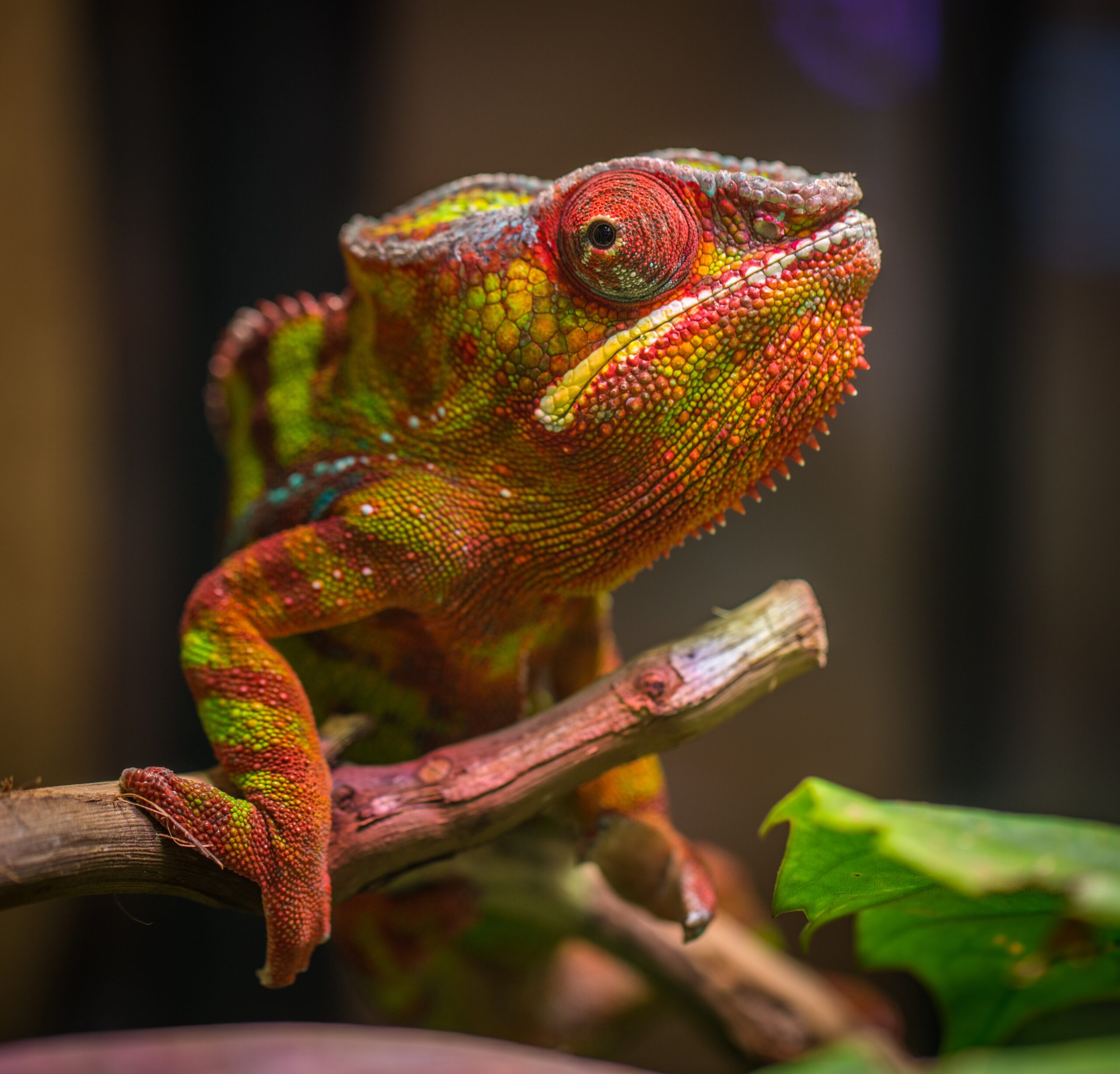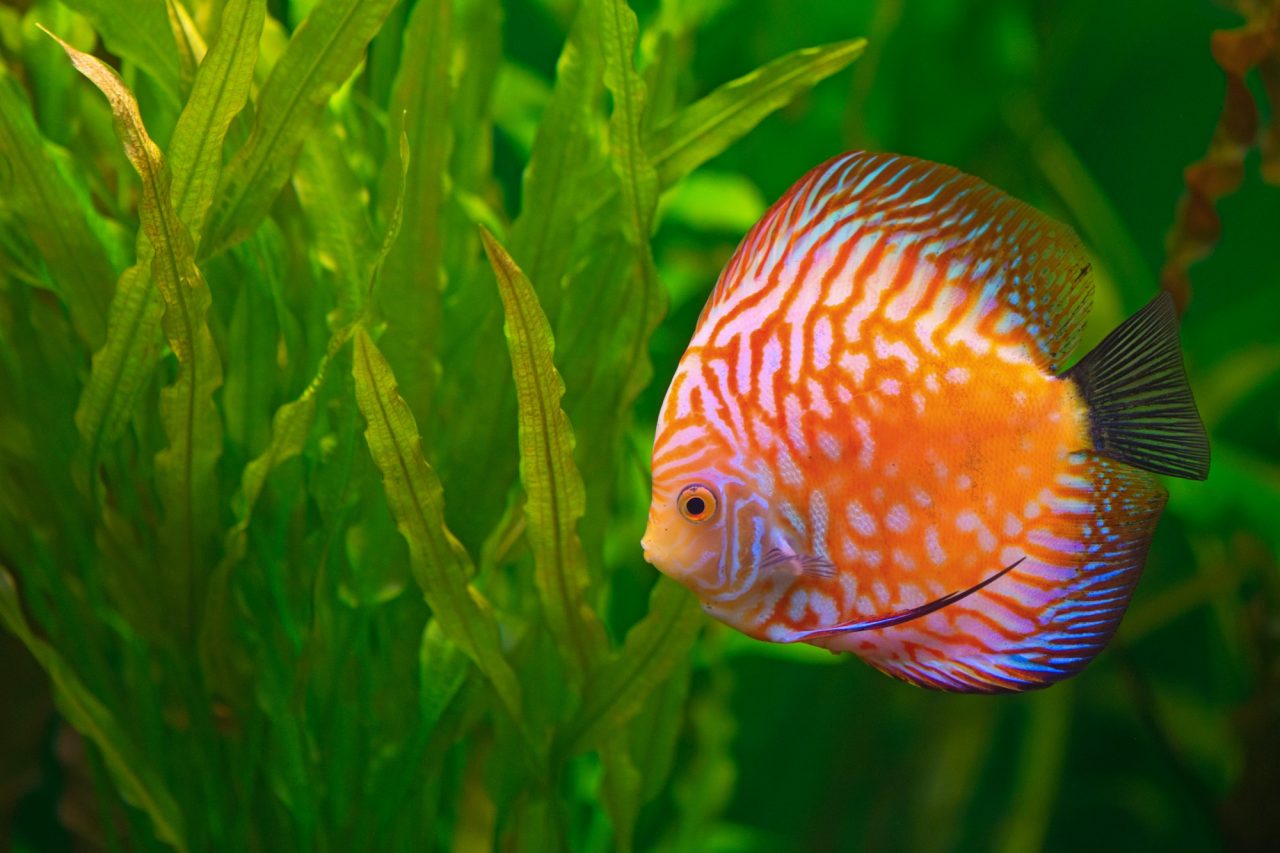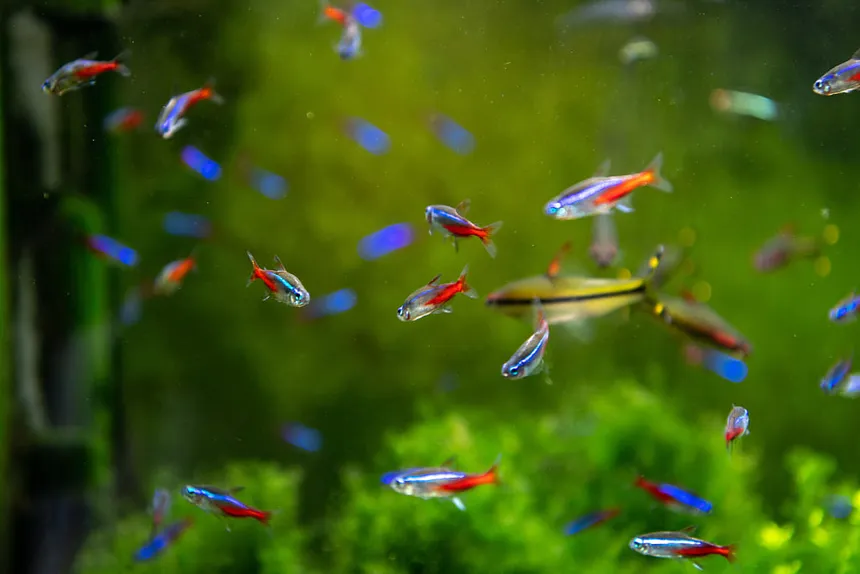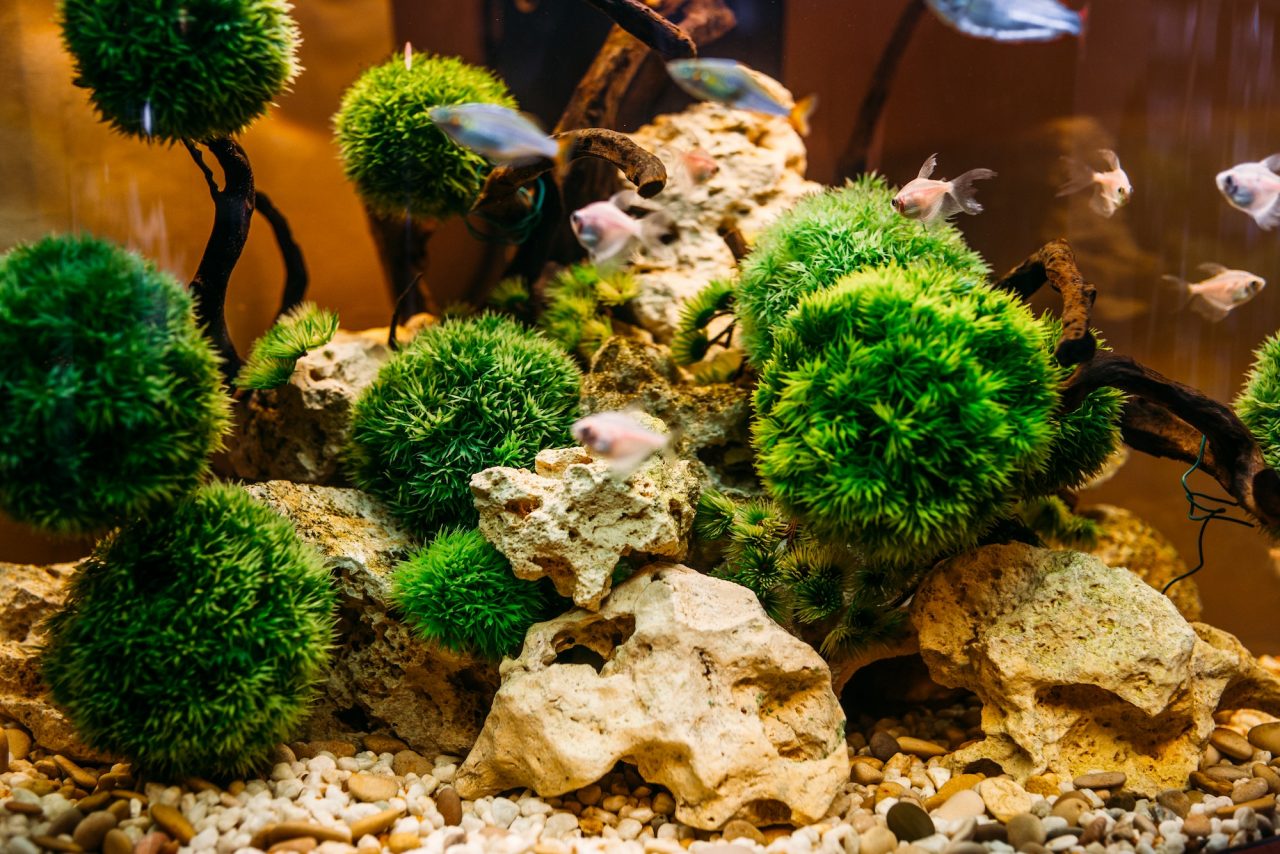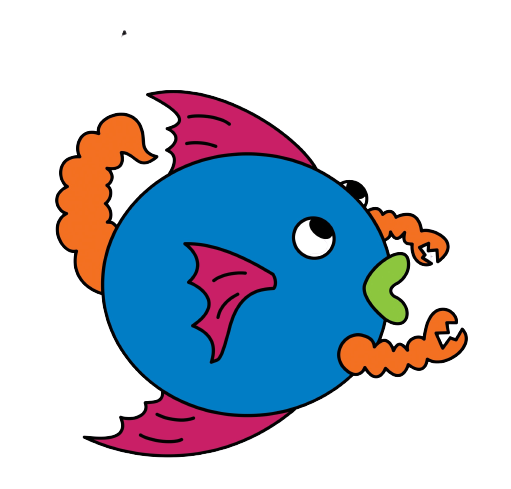No other group of fish holds as much fascination for the marine hobbyist than clownfish. Closely related to the damselfish, they’ve developed (not necessary for captive keeping or propagation) a symbiotic relationship with sea anemones, hence their other name, anemonefish.
The symbiotic relationship between the clownfish and anemones, which are seldom found more than a yard away from each other in the ocean, guarantees the survival of the species from predators and reproduction problems associated with inbreeding.
All clownfish are born males. Soon after hatching the young clownfish begin searching for its own host anemone, with the same species of clownfish. If the clownfish is accepted into the family by the resident pair, he must join the ranks of the other lower “males in waiting.” Sometimes as many as 30 are waiting.
Waiting for what? Well, these little guys have to wait for something to happen to the female of the host pair before moving up in the ranks. If the female dies, her former mate rapidly develops into a fertile female, then she motions for one of the males to step-up, and become a productive male. Unfortunately for these “males in waiting,” breeder pairs may live to be over 10 years old. Thus, a newly arrived fish may remain there for life as an underdeveloped male.
Keeping and breeding the clownfish can be quite easy in captivity. As long as you’re not trying to keep wild specimens, which usually don’t do well in captivity due to the fact that they don‘t ship well, have extremely high mortality rates and are usually affected with one or more parasitic infections. Captive bred and raised specimens, like the ones bred by O.R.A. in Florida, (which we exclusively carry at the Aquatic Critter), are not affected by any of the maladies that affect wild fish.
Because they spend all their lives in and around the area of the host anemone, clownfish are great choices for aquariums. They don’t have major space requirements, usually a 20 to 30 gallon aquarium is sufficient, needing only appropriate water conditions and a suitable diet to thrive. The process of acquiring a “mated pair” is easy, any two juveniles placed together in an appropriate aquarium will develop into a pair within several months. This eliminates the need to purchase a small group of fish to get a “mated pair.” While there are 28 species of clowns in the ocean, O.R.A. is presently breeding about half that number

